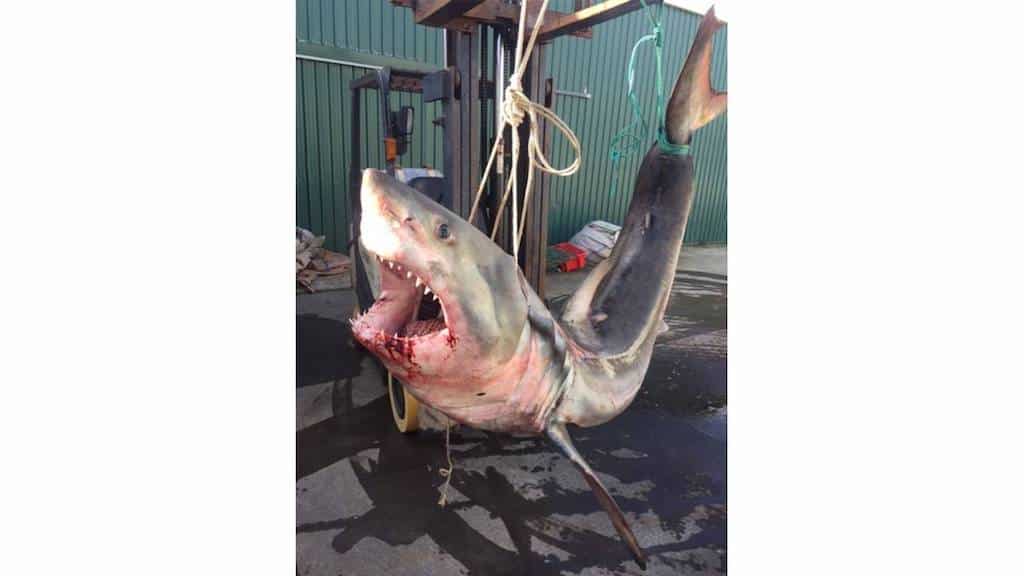"Their necrotic limbs reek of rot…"
If it ain’t raining it’s pouring for the inhabitants of Australia’s second most populous state Victoria, home to Bells Beach and the country’s sole commercial wavepool.
After a second hit of COVID infections, the capital city, Melbourne, has just shut down for six weeks, locking the poor and wretched away in ghetto towers, shutting gymnasiums, restaurants, the wave tank etc.
And now, according to The Atlantic, that august literary relic from Boston, beach towns on Victoria’s Mornington Peninsula are under siege from a “flesh-eating bacteria” called Buruli, so-named after a former county in Uganda, where it was first identified.
It really is a horror show.
“Untreated, the pathogen slowly worms its way under the flesh before breaking through the surface, maiming and disfiguring its victims. Their necrotic limbs reek of rot,” writes The Atlantic‘s Brendan Borrell.
But Uganda is a world away from pretty, first-world Victoria, yes?
The Atlantic’s reporter flies from Los Angeles into the infected zone and “Wherever I went, everyone, regardless of their social standing, seemed to know someone who’d had an ulcer. No one was immune from the disease, and everyone had an opinion on it—whether it was something they’d read in the newspaper or a rumor they’d heard from a friend or just an idea they’d come up with over a pint of Victoria Bitter.”
(Note to writer: beer ain’t served in pints in Australia, it’s a British thing.)
And the treatment is ghastly.
The process is more traumatic than one might expect: (The doctor) had to plunge a cotton swab into the maw of Mikac’s open wound and scrape out the gunk inside as Mikac cringed in pain. Johnson put Mikac on two powerful antibiotics, clarithromycin and rifampicin, which turned Mikac’s urine the color of orange Fanta…He warned Mikac that the antibiotics had shut down Buruli’s defenses, and now the body would launch an attack on the infected tissue. The pus was building up under the skin, and it was about to blow. “Once it breaks through,” he said, “it will feel a lot better.”
It goes on to explain that the mycobacteria that do the flesh-eating are also the “culprits behind tuberculosis and leprosy.”
(Read more here. Fascinating etc.)
If flesh-eating bugs aren’t enough to convince you Australia has gone to hell, The Atlantic warned in January that y’might just be better off splitting the joint completely.
“How Long Will Australia Be Liveable” is a January headline, “Facing a future of fire, drought, and rising oceans, Australians will have to weigh the choice between getting out early or staying to fight.”
But what happens after the fires have passed through, and Australians return to either their intact homes or smoking ruins, dead cattle, a blackened moonscape where crops once grew? The lucky ones give thanks and get on with their life. The unlucky ones grieve, rage, shake their fist at Fate—and defiantly rebuild on the same ground. The battler spirit triumphs again, but for how long.







